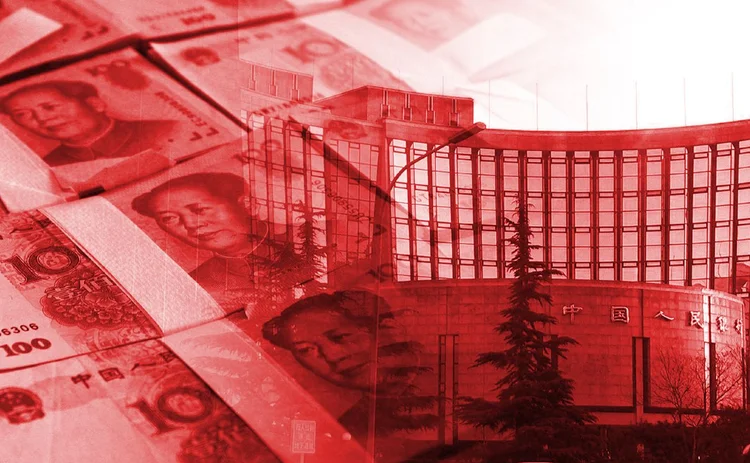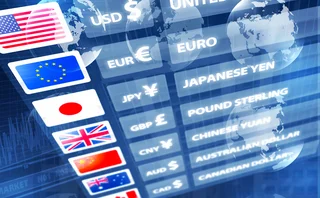
RMB fall forces Chinese corporates to rethink hedges
For years, Chinese corporates assumed the renminbi would continue to appreciate, but following a surprise devaluation in August, many are now finding hedging a challenging experience

For years, corporate treasurers in China had it easy. The renminbi rate, controlled by the central bank, was either pegged or appreciated slowly against the dollar, making foreign exchange management a safe and predictable process – if indeed they bothered at all.
So, when the People's Bank of China (PBoC) unexpectedly devalued the onshore renminbi by 4% against the US dollar over two days in
Only users who have a paid subscription or are part of a corporate subscription are able to print or copy content.
To access these options, along with all other subscription benefits, please contact info@risk.net or view our subscription options here: http://subscriptions.risk.net/subscribe
You are currently unable to print this content. Please contact info@risk.net to find out more.
You are currently unable to copy this content. Please contact info@risk.net to find out more.
Copyright Infopro Digital Limited. All rights reserved.
As outlined in our terms and conditions, https://www.infopro-digital.com/terms-and-conditions/subscriptions/ (point 2.4), printing is limited to a single copy.
If you would like to purchase additional rights please email info@risk.net
Copyright Infopro Digital Limited. All rights reserved.
You may share this content using our article tools. As outlined in our terms and conditions, https://www.infopro-digital.com/terms-and-conditions/subscriptions/ (clause 2.4), an Authorised User may only make one copy of the materials for their own personal use. You must also comply with the restrictions in clause 2.5.
If you would like to purchase additional rights please email info@risk.net
More on Currency markets
Charting volatility: strategic insights on Apac monetary policy divergence and market dynamics
Key drivers of market fluctuations, the impact of currency and interest rate differentials, and technology-driven strategies for risk mitigation in portfolio management
BofA extends ‘guaranteed rate’ window to a year
US bank holds spot FX rates for longer period to give alternative hedging tools to smaller clients
FXSpotStream looks to growth products beyond spot
New chief exec Jeff Ward highlights NDFs and FX swaps as next boom area for the venue
FX options traders rethink vol drivers amid macro uncertainty
Market-makers believe more and more events will influence options pricing as political risk bubbles up during 2024
As T+1 looms, non-US firms consider out-of-hours trading
Pruned settlement cycle forces foreign buy-siders to explore automating the FX leg of securities trades
In a bit of a fix: Refinitiv seeks ideas to improve WM/R
Operator launches consultation following criticism of 4pm fixing rate







